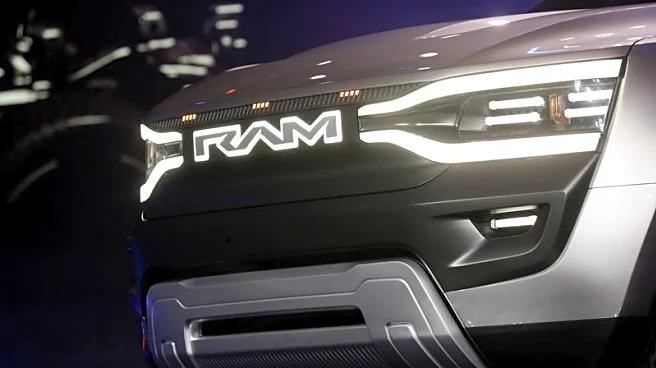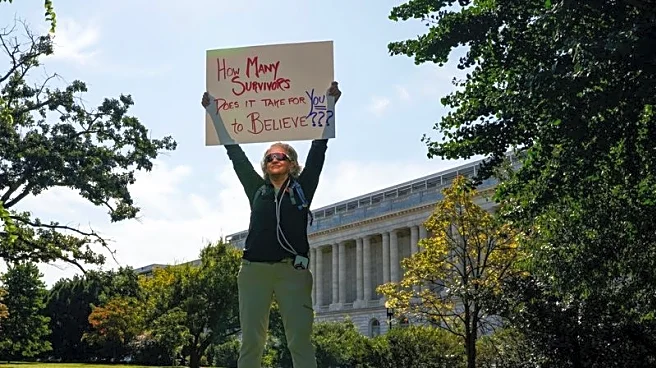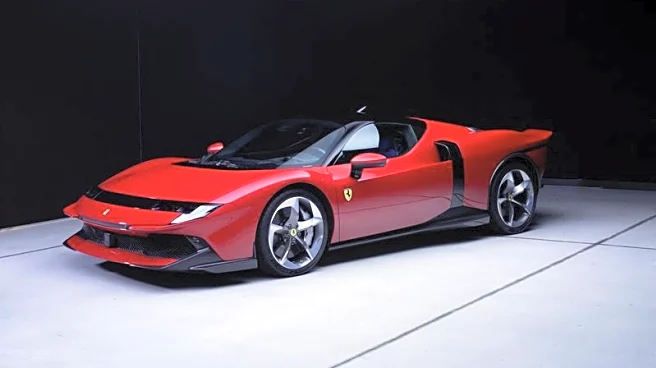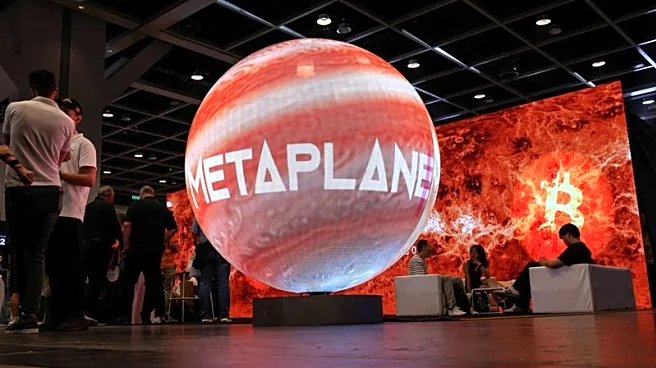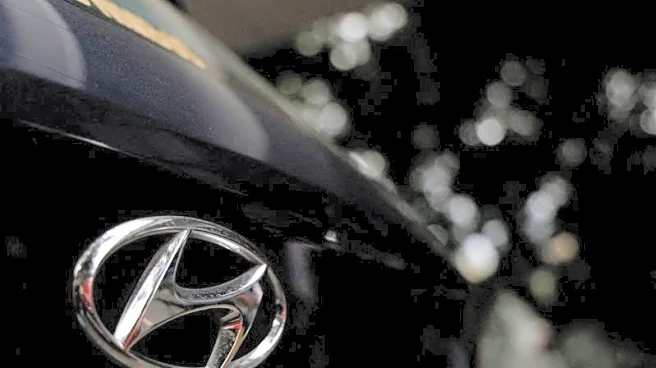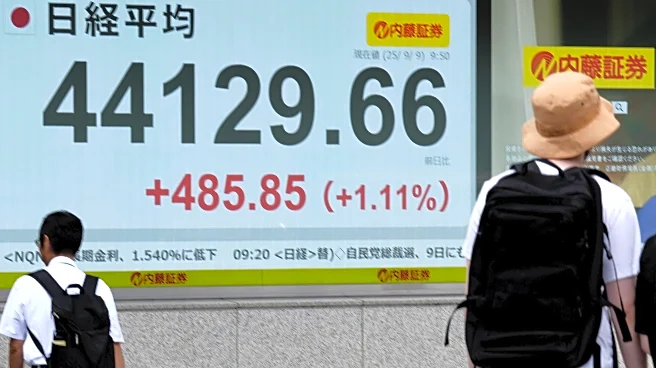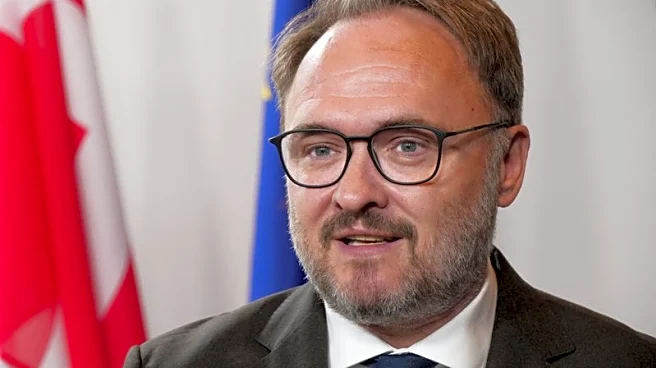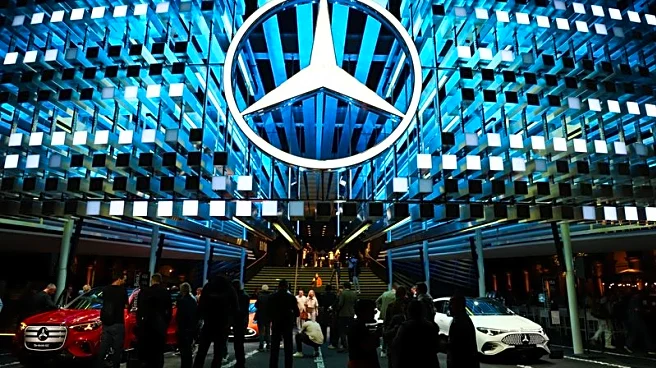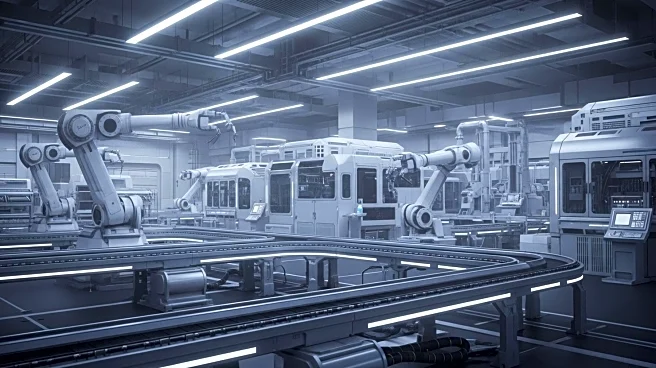PARIS (Reuters) -Increasing revenues thanks to new models will be a key pillar of Stellantis' future strategy and a way to restore cash generation, new CEO Antonio Filosa said on Thursday as he started to sketch out the automaker's new business plan.
Stellantis is reintroducing models, including Jeep Cherokee and 8-cylinder RAM trucks, after dropping them proved to be one of the causes of the group's declining sales since 2024, Filosa said.
The CEO, who started in the role in June, said the company
listened to North American dealers "a lot" and that they were "screaming" for those models to be back in the range.
"The U.S. is priority number one and it is where we are putting most of our efforts," he said in an interview during Kepler Cheuvreux Autumn Conference.
Filosa is working on the group's new long-term business plan, which is scheduled to be presented in the first half of next year.
"The most urgent objective that we have is to turn the corner on cash generation," he said.
"How do we want to do that? (we have) many, many levers, but lever number one is increasing the revenue line," he added.
Stellantis has burnt a total of over 9 billion euros ($10.6 billion) of cash between 2024 and the first half of this year following a decline in sales and profits, in particular in its key North American market, which led to an overhang of unsold vehicles and the ousting of former CEO Carlos Tavares.
Filosa said inventories were now back to "very healthy" levels.
"We improved a lot of the quality of the dealer inventory. So for instance, we don't carry any more aged inventory. So model year 2024, mainly all (of) model year 2025 are gone," he said.
Filosa also promised a new RAM mid-sized truck for the North American market for 2027, to be built in the United States, adding that the automaker, which has a large manufacturing footprint in the region, is holding a "very productive exchange of ideas" with President Donald Trump's administration.
The tariff environment is "getting clearer and clearer and we are ready to act", he said.
"Our capacity in the United States can accommodate important industrial moves. So we are still working with the administration to create the final scenario and very soon we'll be able to communicate around that." ($1 = 0.8523 euros)
(Reporting by Nick Carey and Gilles Guillaume; writing by Giulio PiovaccariEditing by Keith Weir)
